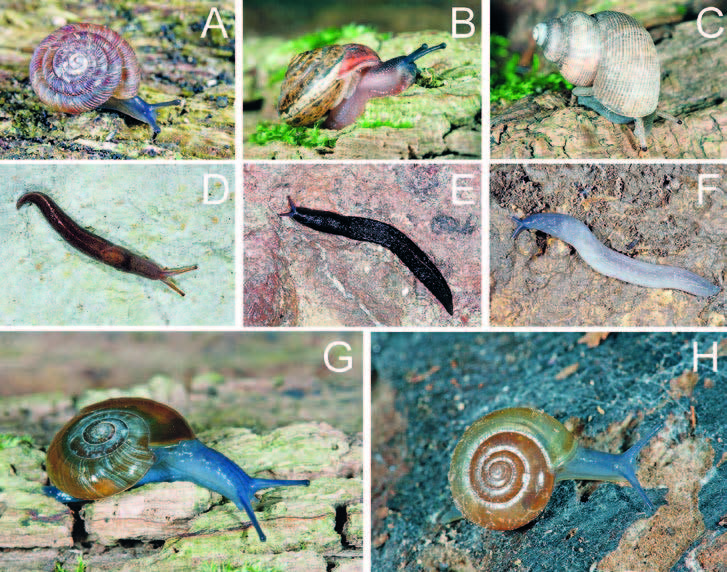Next Stop: Underground. Variable degrees and variety of reasons for cave penetration in terrestrial gastropods
DOI:
https://doi.org/10.3986/ac.v43i1.585Abstract
Cave-dwelling animals can be classified based on their occurrence in and relationship to the subterranean environment. However, subsurface distribution data and studies addressing the initial causes for animals to enter underground habitats are sparse. By retrieving occurrence data from two voluntary biospeleological land registers in Central Germany, the degree of cave penetration in terrestrial gastropods was investigated, thus to infer potential evolutionary drivers. In total, 66 identified gastropod species entered the subterranean environment with 23 of the species also recorded from the dark zone. Gastropods possessed variable degrees of cave penetration and no obligate cave forms were observed. A decline of occurrence records from the entrance to the dark zone was the most prominent pattern. Nevertheless, several species were collected from all three light zones (i.e. entrance, transition and dark). A variety of potential reasons can be inferred to explain their subsurface appearance: exploitation of alternative food sources, aphotic above-ground movement, mating sites, temporal, seasonal and long-term refugia, and chance. Moreover, the results imply a frequent migration of species between the interconnected light zones and the surface. Consequently, terrestrial gastropods should be considered when investigating the origin and importation of allochthonous resources in caves.Downloads
Download data is not yet available.

Downloads
Published
2014-09-02
How to Cite
Weigand, A. M. (2014). Next Stop: Underground. Variable degrees and variety of reasons for cave penetration in terrestrial gastropods. Acta Carsologica, 43(1). https://doi.org/10.3986/ac.v43i1.585
Issue
Section
Original papers
License
Authors guarantee that the work is their own original creation and does not infringe any statutory or common-law copyright or any proprietary right of any third party. In case of claims by third parties, authors commit their self to defend the interests of the publisher, and shall cover any potential costs.
More in: Submission chapter




